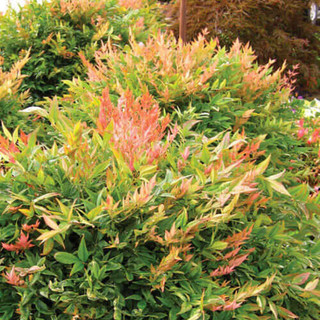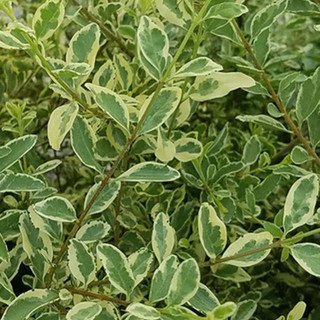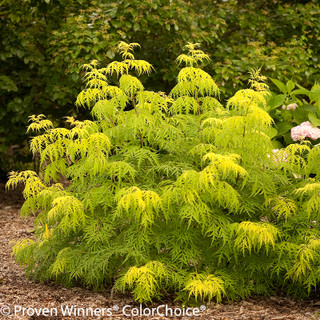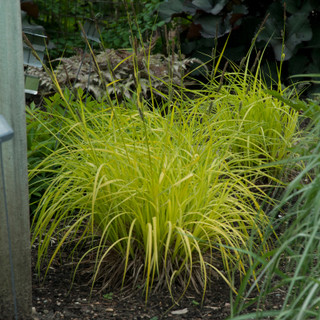
Loropetalum
Loropetalum are flowering evergreen shrubs that are popular in southern states. The unique dark foliage provides interest year round. In spring the plants have small flowers that contrast with the dark leaves beautifully. Grow these as flowering hedges and garden borders or even in planters.
Why Buy Loropetalum Online
Loropetalums are in the witch-hazel family, known as Hamamelidaceae or Chinese fringe flower. These evergreen shrubs are native to China, Japan and south-eastern Asia, however they do very well in the southern United States as well. They bloom in spring with 4 to 6 small flower clusters, usually in pink and sometimes white. Use them in foundation plantings, landscape beds, or even garden planters.
Flowering evergreen shrubs
Pink or white flowers
Growing zones 7 - 10
Perfect for garden planters
Native to China, Japan, Asia
About Loropetalum

Chinese Fringe Flower, Purple Diamond, Loropetalum, Chinese Witch Hazel
Native to China, Japan, and the Himalayas
Bushes
Evergreen
7 to 10
Pink, White, Red, or Lavender
Early Spring
Rounded or spreading shrub with a moderate growth rate, typically reaching 3–10 feet in height and 3–5 feet in spread.e
Bees, Butterflies, Hummingbirds
Drought, Deer, Slightly acidic soil
Pest and disease resistance, including mildew
How To Use Loropetalum In The Garden
Loropetalum, commonly known as Chinese Fringe Flower, is an evergreen shrub native to Japan, China, and the Himalayas. It belongs to the witch-hazel family and thrives in USDA hardiness zones 7-10. This plant is cherished for its unique, strap-like flowers and attractive foliage, which varies from green to deep purple depending on the variety. Its low pruning needs and drought tolerance make it a popular choice among gardeners.
Its compact growth habit makes Loropetalum suitable for use as a groundcover or container specimen, adding a splash of color to patios and entryways. Taller varieties can be utilized as informal hedges or privacy screens, providing year-round interest with their persistent foliage and seasonal blooms. Additionally, Loropetalum's ability to attract pollinators like butterflies and bees supports local ecosystems.
Loropetalum Care
Plant Indian Hawthorn in early spring, selecting a location with full sun to partial shade. Space shrubs far enough apart to accommodate their mature size. Although adaptable to various soil types, Indian Hawthorn requires well-drained soil. Maintain evenly moist soil until the shrub is established; once mature, it exhibits some drought tolerance. A spring application of all-purpose, slow-release fertilizer supports new growth.
Prune Indian Hawthorn after the spring bloom to remove damaged or diseased stems, maintaining its natural mounded shape. Avoid pruning within two months of the first expected frost to prevent cold damage to new growth. When growing in containers, choose pots with drainage holes and use a quality potting soil mixed with perlite. Position containers in full sun to partial shade, water thoroughly when the soil dries out, and reduce watering during cooler months.
Learn More About Loropetalum Care

Loropetalum Companion Plants
Plants that go well with loropetalum shrubs often have contrasting foliage colors of green or yellow. Some of our favorite plants to grow with loropetalum are nandina, ligustrum, elderberry, and ornamental grasses


















